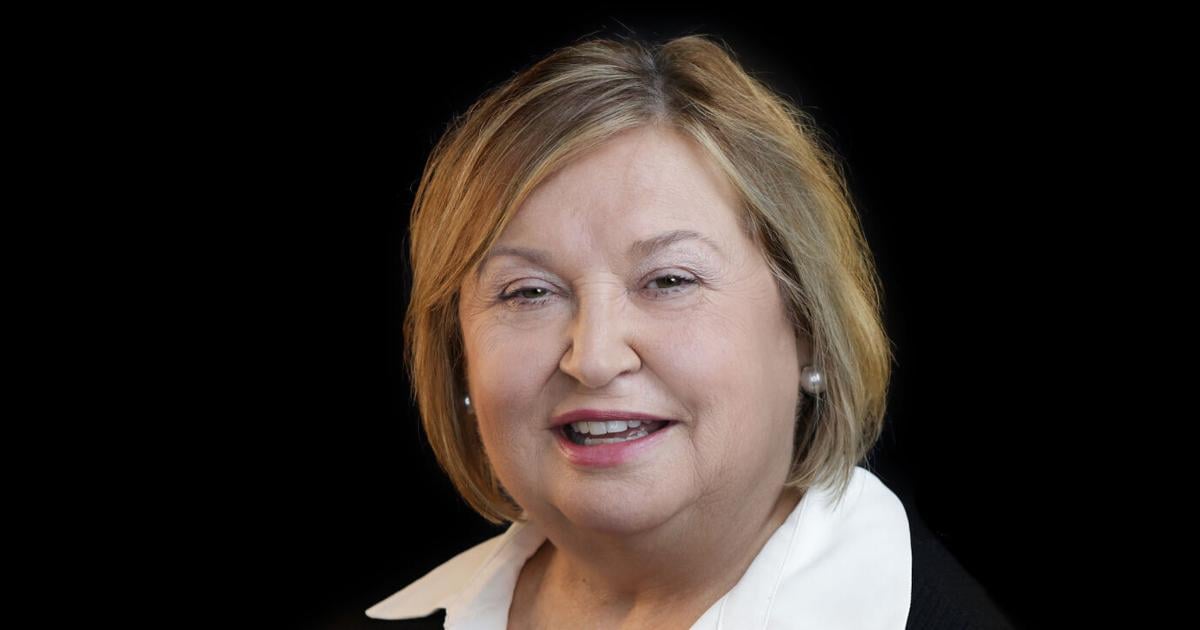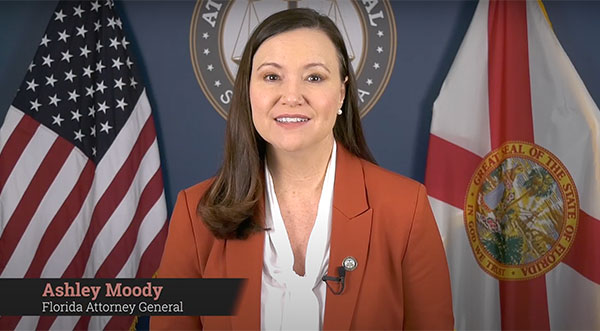Violet Sistovaris led NIPSCO, the utility that’s long powered Northwest Indiana and its heavy industry, as it began its historic shift from coal-generated electricity to wind and solar.
She pioneered the role of chief experience officer at NIPSCO’s parent company, NiSource, serving the former Fortune 500 utility giant and its NIPSCO subsidiary for nearly three decades and having an impact that continues today.
Sistovaris is being inducted into the Northwest Indiana Business and Industry Hall of Fame.
Sistovaris is a Fort Wayne native whose parents immigrated from Greece. She came to the Region when she attended Valparaiso University as an an undergrad.
“My immediate impression was it was all these little towns and cities, and how do they fit together?” Sistovaris said. “It was a melting pot with neighbors of European and other descents. I had an appreciation for the diversity of the Region and the festivals.”
People are also reading…
She was hired straight out of college at Centier Bank, where she worked in marketing for 10 years.
“It was a well-run community-oriented organization where I learned so much,” she said.
Centier CEO Mike Schrage encouraged her to go back to school to earn an MBA in organizational development at Indiana University Northwest.
“He prompted me to get a graduate degree,” Sistovaris said. “I was busy and had a young child and might not have gotten a master’s degree without his mentorship and support.”
She worked in the banking industry while it was deregulating in the 1980s and banks were trying to differentiate themselves more to win over customers. She learned about the importance of customer service and satisfying customers.
Team leader
NIPSCO recruited her and put her in charge of a call center for a number of years. When it bought Columbia Gas and became NiSource, she ended up running seven call centers that needed to be standardized and centralized.
“A lot of my career happened because of opportunities to lead large-scale teams,” Sistovaris said. “It wasn’t necessarily the most glamorous thing. There were long hours. But the merger provided the opportunity to build new relationships and helped me continue to grow at NiSource.”
Customers often had complaints about service disruptions, bills, meter readers or other issues. Sistovaris made sure the customer service representatives she managed were well-trained in understanding, empathizing with and calming down customers.
“We needed to make sure we were satisfying our customers,” she said. “Customers rarely call a call center to compliment you for doing a great job. They call because they need something.”
Sistovaris oversaw the outsourcing of the call centers in 2004, at a time when NiSource outsourced many of its corporate services. She managed a $2 billion, 10-year contract with IBM and then led the company’s re-insourcing when it decided to bring some of those functions back in-house.
Sistovaris then managed the utility’s information technology department, becoming its first non-technical leader from a more general business background.
“I surrounding myself with experts in technology and found myself in a leadership position motivating teams to meet the needs of the business,” she said.
It was a key time of transition.
“The timing was that customers were expecting that online presence to type their request versus call it in,” she said. “We very quickly had to create and build those channels. The other key part of it was after the merger we had to consolidate systems and modernize our old system. It was challenging in that we had to clean up systems and build systems customers really understood. We had to lay out a five- to seven-year roadmap for technology.”
Then she ended up overseeing NiSource’s corporate services, including customer service, supply chain, real estate and aviation. NIPSCO has a small fleet of helicopters it uses to patrol lines.
“I was well-suited for the role because I’m a generalist at heart,” she said. “I think broader and longer term.”
‘A rewarding experience’
Sistovaris returned to NIPSCO in 2015, serving as president for five years.
“That was probably the most enjoyable, challenging and rewarding job in my 28 years at NiSource,” she said. “I was responsible for the end-to-end aspects of an entire organization just shy of 2,000 employees. I loved getting out to our employees at 30 different locations and hearing their minds and giving them business updates on how we performed and where we were going in the next couple of years. I got to visit many communities, including getting back to my roots in Fort Wayne. It was truly a special time and a rewarding experience. It was hectic at times, and ever-changing. My days were filled with largely employee interactions and meetings, and I was heavily involved in the regulatory side of the business and community advisory panels to understand customers’ needs and how to meet those needs. There were a lot of chicken dinners. It was not an 8-to-5 kind of job.”
NIPSCO is not an 8-to-5 kind of company, as people and businesses rely on continuous service at all hours of the day.
“I believe NIPSCO and utility companies provide an essential service,” Sistovaris said. “Natural gas and electricity literally fuel our lives. We’re responsible for customer satisfaction, growth and development, fostering a diverse work environment and certainly meeting the needs on the regulatory side. We have stakeholders in the community and need to meet our financial commitments.”
As NIPSCO president, Sistovaris led the effort to develop a strategy to switch to renewable energy. The utility has been partnering with developers to build solar and wind farms across the state as it looks to retire its coal-fired plants in a historic energy production shift.
The company went through many hypotheses and iterations as it fine-tuned its plans.
“It was a lot of work to do it effectively,” she said. “We had a series of community meetings inviting all stakeholders to talk with us about their needs. We have a heavy industry base in Northwest Indiana and a lot of commercial and business customers as well as residential customers. We had open sessions to exchange thoughts and ideas and considered a lot of what-if scenarios about how we would make energy in the future while we considered potential plans. We talked with the legislature, mayors and local leaders.”
NIPSCO has been rolling out the transition to renewable energy, which will benefit not only the environment but also consumers in the former of lower prices, she said.
“We were the first in the state to move forward, and it invited a level of interest in how we did it,” Sistovaris said.
Other Hoosier utilities have since approached NIPSCO for guidance.
“The beauty of the industry is that it’s open and we can discuss and share with others,” she said. “Some organizations in some industries are so competitive you can’t have that level of dialogue.”
Delivering on expectations
Looking back on her 40 year career, Sistovaris said she’s proud she was able to deliver results, maintain integrity, show concern for people and meet commitments. She’s also proud she was able to develop leaders, including by partnering with Chief Legal Officer Carrie Hightman to launched a program to mentor and lift up women leaders in the company.
“People are vitally important and the backbone of the organization,” she said.
Sistovaris rarely thought about advancing her career, and credits her success to her father for instilling a strong work ethic.
“He reminded me my employer is paying you to do a good job,” she said. “I always tried to deliver on those expectations and achieve the results expected of me. I drew satisfaction from my work.”
She’s grateful she had the opportunity to do meaningful work.
“Both banking and energy are what I consider very important functions of our society,” Sistovaris said. “I was able to lead people to meet the needs of customers and shift to the changing and ongoing complexity of business. It’s been very satisfying. I had a lot of support from family and friends and was very fortunate to have that help when I asked for it. I don’t always have all the answers. You need to invite people in to be part of the solution.”
Sistovaris said she would advise up-and-coming business people to always do their job to the fullest and aspire as professionals to deliver on expectations.
“We live in an information world with a lot of complexity,” she said. “You need to boil down the complex to get people’s attention and deal with that complexity to effectively manage change. We all know ways of doing things, but as a leader you have to motivate the change that’s needed. You need to influence and impact employees’ skills. They look for more and more from organizations and you need to help them build their careers. You need to understand what customers and stakeholders expect from you and deliver on that.”










